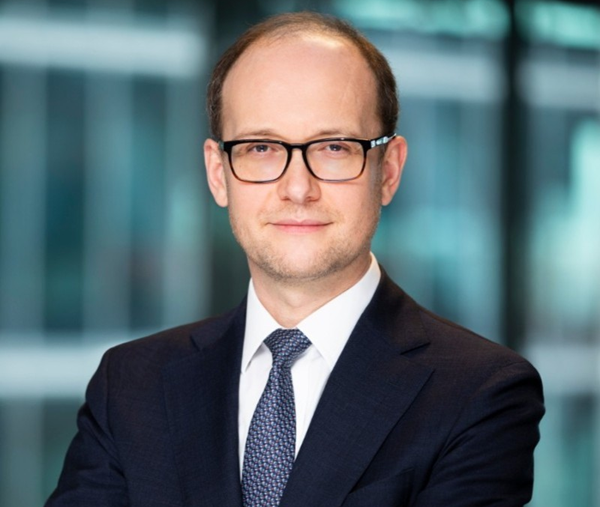ANALYSIS: Swap clearing in focus as CME expands margin service
25th June, 2025|Radi Khasawneh

CME Group has said the use of the US group's swaps clearing platform has increased recently due to market uncertainty as CME seeks to deliver further margin savings across its various rates products.
Speaking to FOW ahead of an International Swaps and Derivatives Association (ISDA) Treasury event in New York on Tuesday, CME’s global head of rates and over-the-counter (OTC) products said offsets between US interest rate swaps and listed products such Secured Overnight Financing Rate (SOFR) futures have boosted demand in recent months.
Agha Mirza (pictured) said in an interview. “Our key value proposition – margin offsets versus our pool of Treasury futures, SOFR futures, Fed Fund futures and our Treasury and SOFR options - is now very much in focus and in play. Capital efficiencies are always important, and especially in this environment where there is a record amount of margin tied into interest rate derivative positions.”
CME cleared a daily average of 2,065 interest rate swap transactions in the first four months of this year, 8% up on the same period last year, according to the exchange.
US swaps are driving that growth with a daily average of $40 billion (£29.4bn) cleared between February and April this year, the highest since January 2021.
CME first launched interest rate swap clearing in 2010, challenging the incumbent LCH Swapclear, before both introduced client clearing in 2013 to coincide with mandatory clearing of the asset class in the US.
Two years later, clients started noticing price differences between the two clearing houses (known as the basis) but this is less of an issue now, according to Mirza.
“CME dollar swaps clearing has increasingly seen the basis with LCH remain very stable despite strong reported flows. In the last several months we have two and five-year basis remain very close to zero. In the seven and ten-year segments that change has only been a quarter basis point or so on average.
“Dealer confidence in making tight quotes for CME cleared swaps is increasing, and that in turn significantly increases the attractiveness of CME swaps clearing for sophisticated clients. Those users do not just look at bid/offer cost of execution but the total cost of trading including funding the margin.”
Average daily notional from hedge fund clients using CME portfolio margining has increased 75% so far this year while portfolio margining savings hit $9 billion per day in the first quarter, from just under $7bn in 2022, according to CME data.
“One of the popular trades in US dollar interest rate is swaps hedged by Treasury futures – popularly called invoice swap spread positions,” Mirza said. “Invoice spreads using CME swaps typically get around 80% of margin offsets which is a very valuable cost saving. Hedge funds, who are the leading users of these strategies, have been more active users of our portfolio margining offering.”
CME, which manages the largest listed rates derivatives market, is on track for a fifth consecutive record year as activity has reflected policy uncertainty. The US exchange reported a 17% boost in average daily volume for the first five month of the year to 15.96 million lots, according to exchange data.
Trading in CME three-month SOFR futures has risen by a quarter in the period to 43.5 million lots, according to FOW data. For Mirza, more significant is the number of large open interest holders (LOIH) tracked by US regulators has also hit highs.
“We hit a new LOIH high on June 17 of 3,455 and that has contributed to higher average LOIH for the year to date,” Mirza added. “That is really important because end-user interest is perhaps as important an attribute of our market as the liquidity profile. Those are the important characteristics of the type of market that we look to build.
“The key market trend has been the growth in US marketable debt and, as that has happened, futures, owing to their efficiencies, have acquired a much higher share of the resulting risk management and hedging needs.”
The CME and Intercontinental Exchange (ICE) are developing cash Treasury clearing services ahead of the delayed US mandate set for the end of next year. The CME is separately working with the Depository Trust & Clearing Corporation to extend its partnership that recognises margin offsets across the respective firms' cash and derivatives markets.
The recent volatility caused by the US tariffs has only served to strengthen the case for centralised clearing, Mirza added.
“Regardless of how you look at it, the tariff rates applied by the United States have grown markedly. That means that in the coming months and quarters, the market will be closely watching the impact on inflation and growth,” he said. “That makes central bank policymaking an uncertain and challenging task which makes the case for active risk management in the most capital efficient manner. That is why we have seen swaps versus futures portfolio margining utilisation increase and expect that to continue.”


